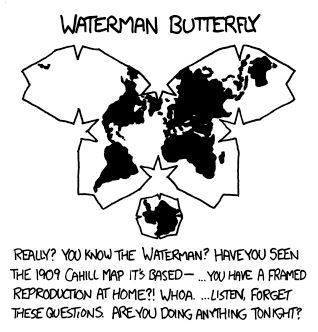

This means that there’s an update. If you go to the play store and install updates then restart the app it will go away. There seems to be a bug in voyager where it disables the update menu but not the red bubble if installed from the play store (instead of as a PWA)












What’s also funny is that there is a person asking exactly the same question in the screenshot that you shared